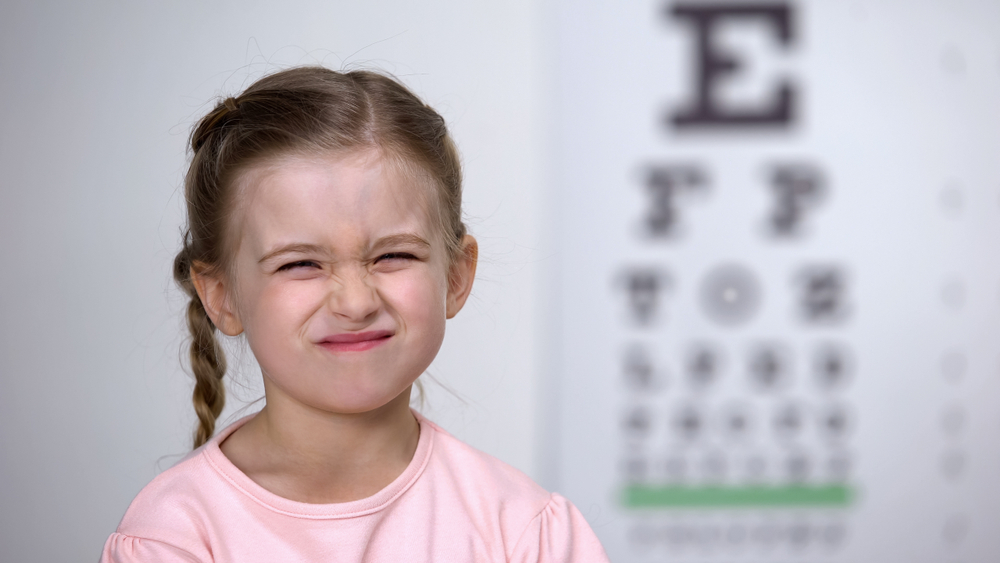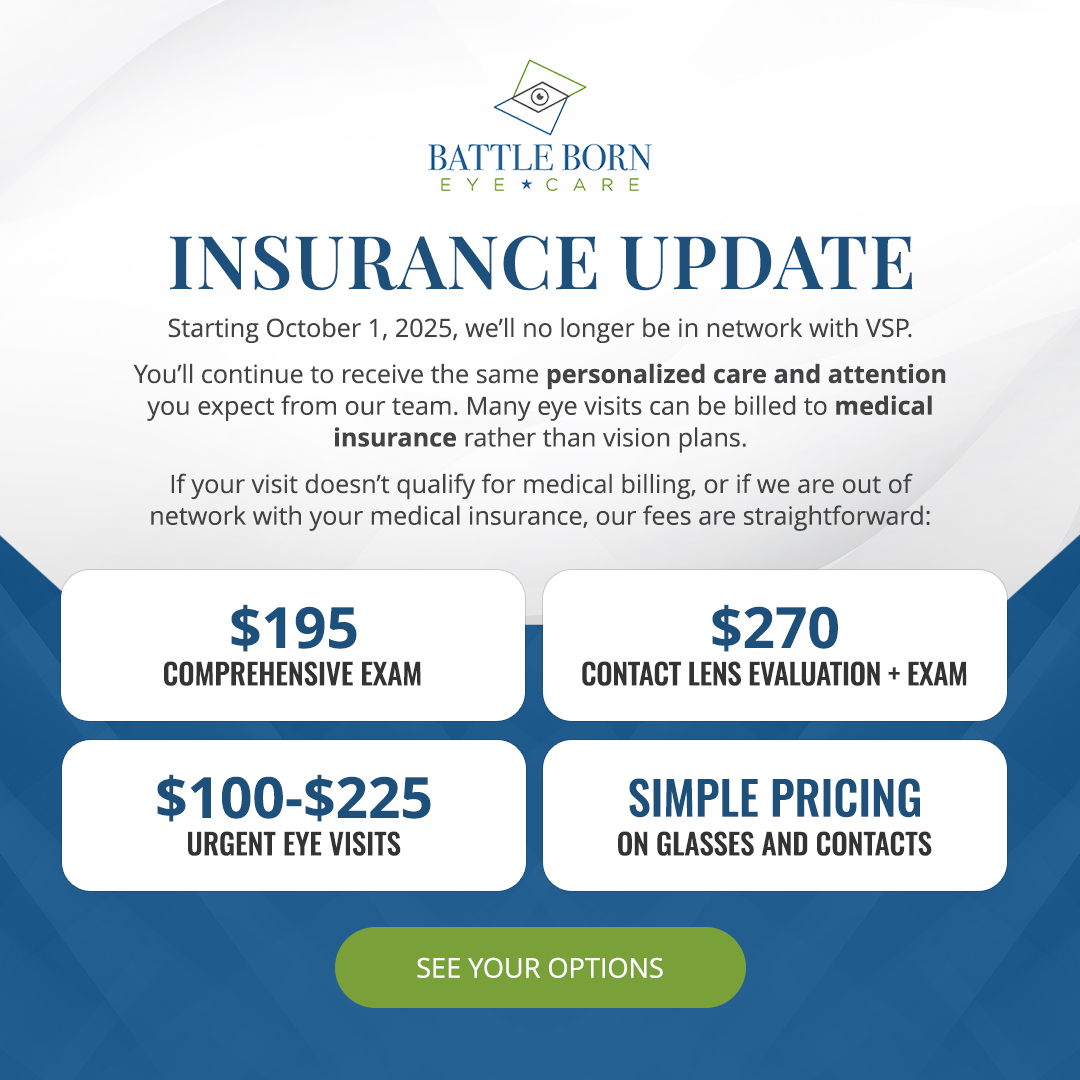
Myopia or nearsightedness is the most common eye condition in adults and children. This refractive error has been rising in the last decade, and it is now a global epidemic. Studies show that more than 40 percent of Americans have this condition.
The number continues to grow, especially among school-going children, and doctors often diagnose it in children between three and 12 years old. It is essential to deal with myopia at the right time.
Understanding Myopia
Myopia or nearsightedness is a refractive error where you see close objects clearly but distant objects appear blurry or out of focus. The error results from the eye shape. As the eye grows or develops, it can curve or elongate, affecting how light rays focus on the retina. It also affects the perception of images.
Myopia is a progressive condition that usually peaks in early adulthood. It occurs when the eye stops growing to establish its natural shape. The degree of myopia will usually remain stable after this point, with little or no changes in distance vision.
Dealing With Myopia
It is vital to realize that myopia has no cure. However, some treatments can help manage the condition. Myopia management treatments can help restore distance vision, and they can slow down the progression of the disease.
The success of the management strategies will depend on when the patient receives treatment. Myopia control is more effective in childhood. The earlier the management begins, the more effective it will be.
Worsening of Myopia
In some cases, myopia can continue to worsen in adulthood. Several factors can lead to this. They include a frequent and excessive focus on near objects, health conditions like diabetes, and eye trauma or traumatic eye injuries.
If your vision worsens, it is vital to consult an optometrist. An eye specialist can recommend custom and specialized treatments to deal with the unique situation.
Myopia Management Techniques
There are myopia management and control techniques that are proving effective. Treatment differs depending on the patient’s age and the eye’s development stage. Myopia control for adults includes laser eye surgery and prescription lenses. In children, myopia control techniques include atropine eye drops, orthokeratology, and corrective lenses.
The Right Time for Myopia Treatment
Managing myopia in children is different from adults. It is because their eyes are still growing. The goal of management is to slow myopia progression until active eye growth stops. Atropine eye drops can slow down the progression, but the child may still need to wear corrective lenses.
Orthokeratology, or ortho-k, involves the patient using special contact lenses while they sleep. The lenses help re-shape the cornea, and when removed in the morning, the patient has a clear vision. Ortho-k can slow myopia progression by 50 percent.
Studies suggest that children who spend more time outdoors have reduced myopia progression. Getting more natural light or increased outdoor activity is a simple way to deal with myopia in children. It is also essential to reduce time spent on digital devices.
For more on dealing with myopia or to schedule an appointment, call Battle Born Eye Care at (775) 360-6446 to reach our office in Reno, Nevada.











